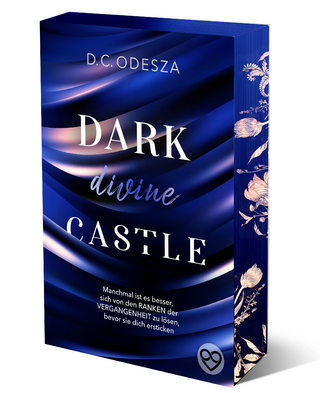
Crowd and Rumour in Shakespeare
Seiten
2016
Routledge (Verlag)
978-1-138-25257-8 (ISBN)
Routledge (Verlag)
978-1-138-25257-8 (ISBN)
Wiegandt offers new interpretations of Shakespeare's most contentiously debated plays by examining the playwright's use of two mechanisms: the crowd and rumour. The book's focus on crowd and rumour not only provides fresh insights on the central problems of some of the plays, but also offers an alternative to the dominant tradition of celebrating Shakespeare as the origin of modern individualism.
In this study, the author offers new interpretations of Shakespeare's works in the context of two major contemporary notions of collectivity: the crowd and rumour. The plays illustrate that rumour and crowd are mutually dependent; they also betray a fascination with the fact that crowd and rumour make individuality disappear. Shakespeare dramatizes these mechanisms, relating the crowd to class conflict, to rhetoric, to the theatre and to the organization of the state; and linking rumour to fear, to fame and to philosophical doubt. Paying attention to all levels of collectivity, Wiegandt emphasizes the close relationship between the crowd onstage and the Elizabethan audience. He argues that there was a significant - and sometimes precarious - metatheatrical blurring between the crowd on the stage and the crowd around the stage in performances of crowd scenes. The book's focus on crowd and rumour provides fresh insights on the central problems of some of Shakespeare's most contentiously debated plays, and offers an alternative to the dominant tradition of celebrating Shakespeare as the origin of modern individualism.
In this study, the author offers new interpretations of Shakespeare's works in the context of two major contemporary notions of collectivity: the crowd and rumour. The plays illustrate that rumour and crowd are mutually dependent; they also betray a fascination with the fact that crowd and rumour make individuality disappear. Shakespeare dramatizes these mechanisms, relating the crowd to class conflict, to rhetoric, to the theatre and to the organization of the state; and linking rumour to fear, to fame and to philosophical doubt. Paying attention to all levels of collectivity, Wiegandt emphasizes the close relationship between the crowd onstage and the Elizabethan audience. He argues that there was a significant - and sometimes precarious - metatheatrical blurring between the crowd on the stage and the crowd around the stage in performances of crowd scenes. The book's focus on crowd and rumour provides fresh insights on the central problems of some of Shakespeare's most contentiously debated plays, and offers an alternative to the dominant tradition of celebrating Shakespeare as the origin of modern individualism.
Kai Wiegandt is assistant professor of English Literature at Freie Universität Berlin, Germany.
Contents: Introduction; Part 1 Body: ’The greatest and most savage beast in the whole world’: the idea of the crowd in Shakespeare’s time; Theories of the crowd; Class conflict and crowd psychology: the Second Part of Henry VI; The metatheatricality of the crowd: Julius Caesar; From the ’body politic’ to the ’many-headed monster’: Coriolanus; Part 2 Voice: ’Falsehoods mingled with the truth’: early modern concepts of rumour; Rumour theory; The circulation of fear: Richard III; Rumour, fame and sound: the Second Part of Henry IV; Rumour and scepticism: Othello; Conclusion: Shakespeare's drama of collectivity; Appendices; Works cited; Index.
| Erscheinungsdatum | 07.09.2016 |
|---|---|
| Reihe/Serie | Studies in Performance and Early Modern Drama |
| Verlagsort | London |
| Sprache | englisch |
| Maße | 156 x 234 mm |
| Gewicht | 453 g |
| Themenwelt | Literatur ► Lyrik / Dramatik ► Dramatik / Theater |
| Kunst / Musik / Theater ► Theater / Ballett | |
| Geisteswissenschaften ► Sprach- / Literaturwissenschaft ► Anglistik / Amerikanistik | |
| Geisteswissenschaften ► Sprach- / Literaturwissenschaft ► Literaturgeschichte | |
| Geisteswissenschaften ► Sprach- / Literaturwissenschaft ► Literaturwissenschaft | |
| ISBN-10 | 1-138-25257-3 / 1138252573 |
| ISBN-13 | 978-1-138-25257-8 / 9781138252578 |
| Zustand | Neuware |
| Haben Sie eine Frage zum Produkt? |
Mehr entdecken
aus dem Bereich
aus dem Bereich
Der Tragödie erster und zweiter Teil. Urfaust
Buch | Hardcover (2021)
C.H.Beck (Verlag)
CHF 15,90


